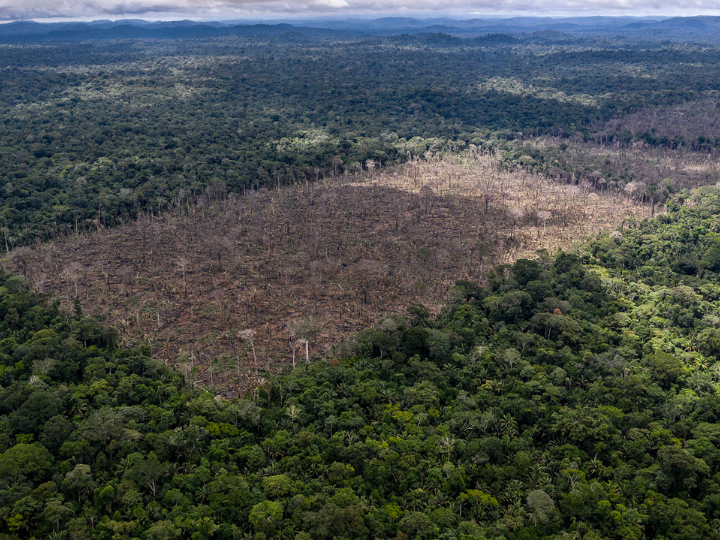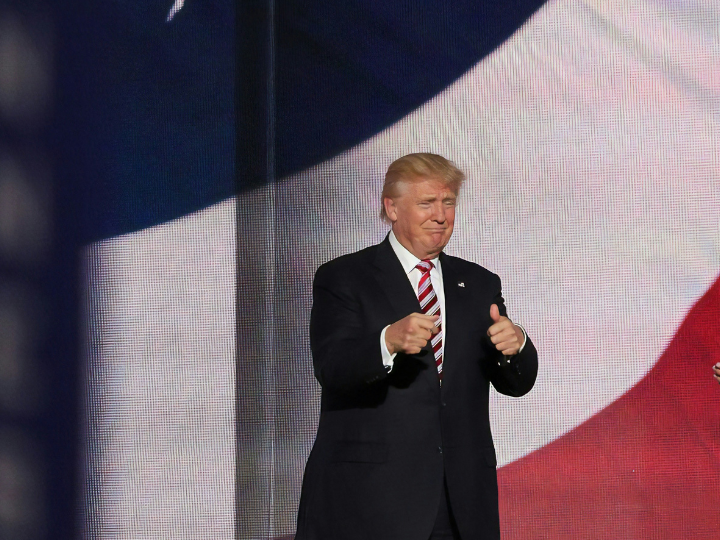by Hannah Ritchie*
Shortly after the end of the last great ice age – 10,000 years ago – 57% of the world’s habitable land was covered by forest. In the millennia since then a growing demand for agricultural land means we’ve lost one-third of global forests – an area twice the size of the United States. Half of this loss occurred in the last century alone. But it’s possible to end our long history of deforestation: increased crop yields, improved livestock productivity, and technological innovations that allow us to shift away from land-intensive food products gives us the opportunity to bring deforestation to an end and restore some of the forest we have lost.
Many people think of environmental concerns as a modern issue: humanity’s destruction of nature and ecosystems as a result of very recent population growth and increasing consumption. This is true for some problems, such as climate change. But it’s not the case for deforestation. Humans have been cutting down trees for millennia.
Shortly after the end of the last great ice age – 10,000 years ago – 57% of the world’s habitable land was covered by forest. In the millennia since then a growing demand for agricultural land means we’ve lost one-third of global forests – an area twice the size of the United States. Half of this loss occurred in the last century alone. But it’s possible to end our long history of deforestation: increased crop yields, improved livestock productivity, and technological innovations that allow us to shift away from land-intensive food products gives us the opportunity to bring deforestation to an end and restore some of the forest we have lost.
Many people think of environmental concerns as a modern issue: humanity’s destruction of nature and ecosystems as a result of very recent population growth and increasing consumption. This is true for some problems, such as climate change. But it’s not the case for deforestation. Humans have been cutting down trees for millennia.
How can we put an end to our long history of deforestation?
This might paint a bleak picture for the future of the world’s forests: the United Nations projects that the global population will continue to grow, reaching 10.8 billion by 2100. But there are real reasons to believe that this century doesn’t have to replicate the destruction of the last one.
The world passed ‘peaked deforestation’ in the 1980s and it has been on the decline since then – we take a look at rates of forest loss since 1700 in our follow-up post. Improvements in crop yields mean the per capita demand for agricultural land continues to fall. We see this in the chart. Since 1961, the amount of land we use for agriculture increased by only 7%. Meanwhile, the global population increased by 147% – from 3.1 to 7.6 billion.3 This means that agricultural land per person more than halved, from 1.45 to 0.63 hectares.
In fact, the world may have already passed ‘peak agricultural land’ [we will look at this in more detail in an upcoming post]. And with the growth of technological innovations such as lab-grown meat and substitute products, there is the real possibility that we can continue to enjoy meat or meat-like foods while freeing up the massive amounts of land we use to raise livestock.
If we can take advantage of these innovations, we can bring deforestation to an end. A future with more people and more forest is possible.
*Researcher, Our World in Data
**first published in: www.weforum.org




 By: N. Peter Kramer
By: N. Peter Kramer
